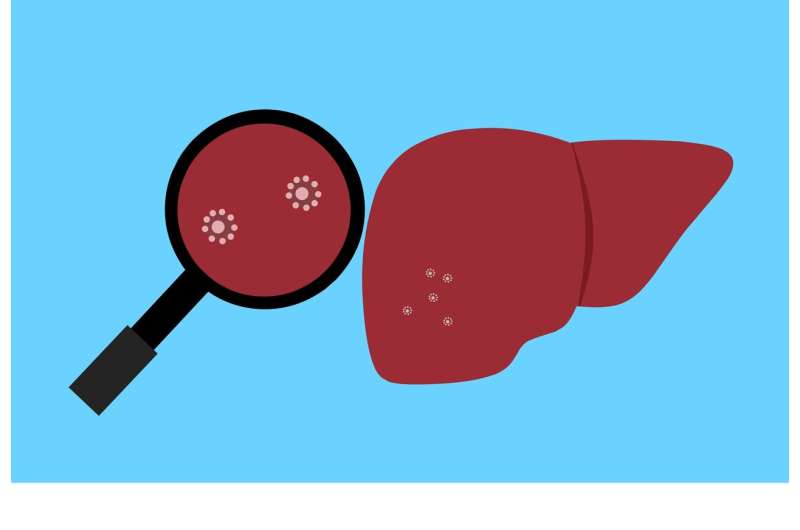Preventable Factors Play Major Role in Liver Cancer Cases, New Analysis Finds

Most liver cancer cases worldwide are caused by preventable risk factors like viral hepatitis, alcohol, and obesity, according to a comprehensive analysis. Urgent public health strategies could significantly reduce future incidence and save millions of lives.
Recent research published in The Lancet highlights that the majority of liver cancer cases worldwide could be avoided by addressing key modifiable risk factors. Analyzing data from the Lancet Commission on liver cancer, experts emphasize that viral hepatitis infections, alcohol use, and metabolic dysfunction-associated steatotic liver disease (MASLD)—previously known as non-alcoholic fatty liver disease—are responsible for over 60% of liver cancer incidences.
The study underscores the rising impact of MASLD, especially its severe form called MASH (metabolic dysfunction-associated steatohepatitis). MASH has become a leading cause of liver cancer globally, with projections indicating its contribution to future cases rising from 8% in 2022 to 11% by 2050. Similarly, alcohol-related liver cancer, currently accounting for around 19% of cases, is expected to increase slightly to 21% in the same period.
Conversely, the percentage of liver cancer attributed to hepatitis B (HBV) is anticipated to decrease marginally from 39% to 37%, and that linked to hepatitis C (HCV) from 29% to 26%, thanks to improved vaccination and treatment efforts. Nonetheless, the prevalence of MASLD is climbing due to increasing obesity rates, especially in the U.S., Europe, and Asia. It is estimated that by 2040, over 55% of U.S. adults could have MASLD.
The authors advocate for accelerated public health interventions such as expanding hepatitis B vaccination coverage, implementing policies to curb obesity and alcohol consumption, and promoting routine screening for liver damage among high-risk populations. These strategies could significantly reduce liver cancer incidence, which is expected to nearly double by 2050, growing from 870,000 cases in 2022 to over 1.52 million, with associated deaths rising from 760,000 to approximately 1.37 million.
Liver cancer remains a major cause of cancer-related death, ranking as the sixth most common cancer worldwide and the third leading cause of cancer mortality. The disease disproportionately affects regions with high hepatitis B prevalence, notably China. Experts warn that without aggressive preventative measures, the global burden will continue to escalate.
The Lancet Commission emphasizes the importance of comprehensive strategies spanning vaccination, lifestyle modifications, early detection, and treatment improvements. As Prof Jian Zhou from Fudan University states, preventing these cases through targeted interventions can save millions of lives and substantially reduce the global health impact of liver cancer.
Stay Updated with Mia's Feed
Get the latest health & wellness insights delivered straight to your inbox.
Related Articles
Effects of Mechanical Pressure on Liver Cancer Cells: Promoting Invasion and Drug Resistance
Research reveals how physical pressure from dense tissue environments promotes liver cancer cell invasion, drug resistance, and gene changes, opening new avenues for targeted therapies.
Decline in Routine Childhood and Teen Immunizations in Michigan Raises Public Health Concerns
A recent study reveals significant declines in childhood and adolescent immunization rates in Michigan from 2017 to 2023, with the pandemic impacting vaccine coverage and increasing disease risk. Targeted efforts are needed to address disparities and improve public health.
New Study Shows DNA Testing Outperforms Traditional Methods in Detecting Lung Pathogens
A recent study highlights how metagenomic next-generation sequencing (mNGS) outperforms traditional diagnostic methods in detecting lung pathogens, leading to faster and more accurate clinical decisions.
Blocking Minor Splicing: A Promising Approach to Hindering Tumor Growth Across Multiple Cancer Types
Australian researchers have identified a new approach to slow down tumor growth across multiple cancers by inhibiting minor splicing. This strategy activates cancer cell death pathways while largely sparing healthy cells, offering a promising avenue for broad-spectrum cancer treatment.



